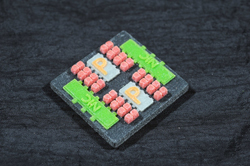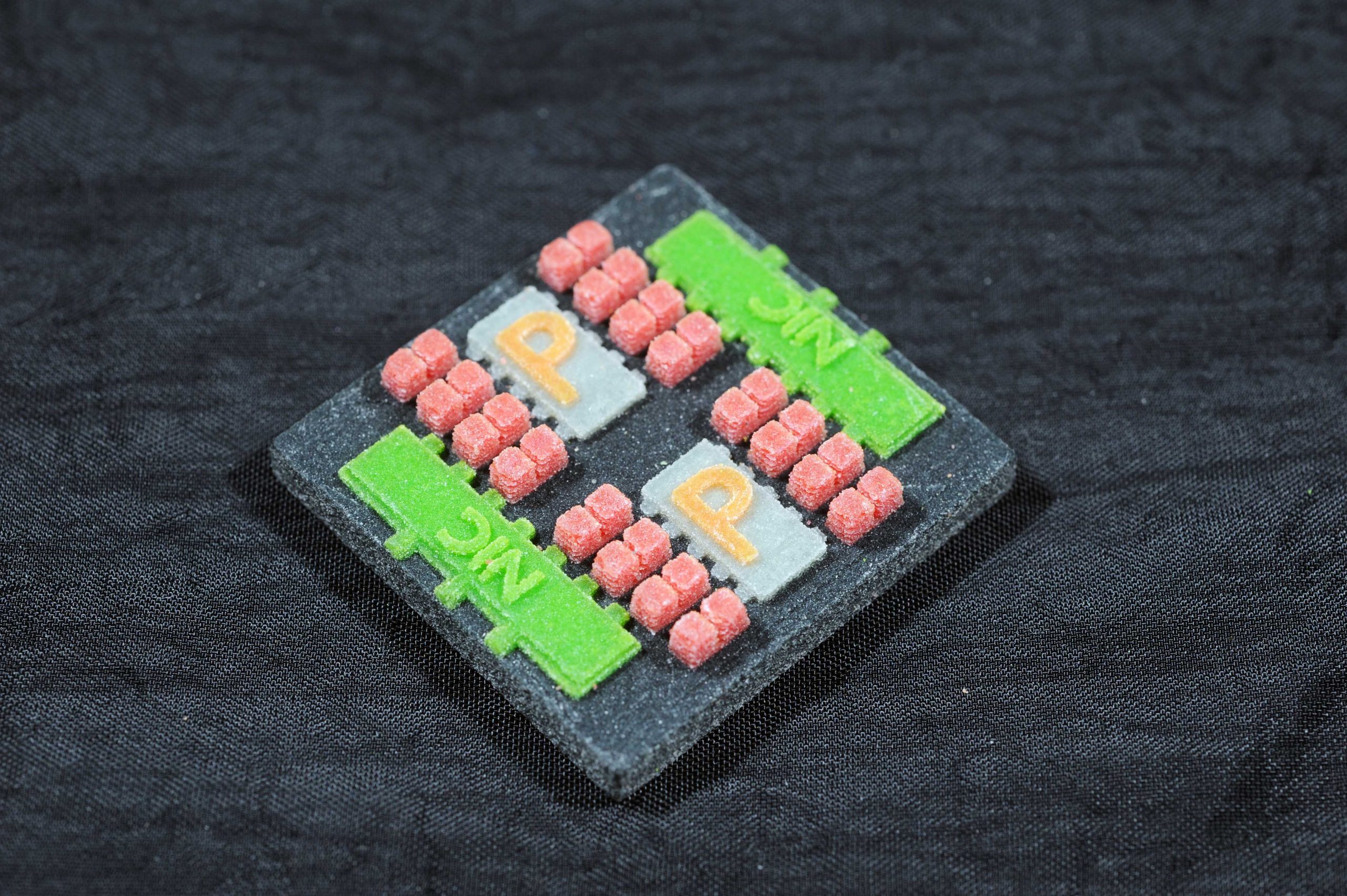ALBUQUERQUE, N.M. — Sandia National Laboratories has been selected as one of four institutions to develop new supercomputer prototype systems for the Defense Advanced Research Projects Agency (DARPA). To meet the increasing advanced computing needs for the Department of Defense (DoD), DARPA launched the Ubiquitous High Performance Computing (UHPC) program.
The goal of the UHPC program is to overcome current limiting factors, such as power consumption and architectural and programming complexity, by developing entirely new computer architectures and programming models. The aim is to produce a more energy-efficient computer that delivers 100 to 1,000 times more performance and is easier to program than current systems.
“We are thrilled that our team at Sandia Labs was chosen for this important work,” said James Ang, manager for Scalable Computer Architectures at Sandia Labs. “We are interested in designing a high performance computing system that we will want to use to address our mission objectives, and we look forward to meeting this challenge.”
To accomplish the mission, Sandia Labs is leading a team of industry partners, including Micron Technology, Inc. and LexisNexis Special Services, Inc. Academic partners include Louisiana State University, University of Illinois at Urbana-Champaign, University of Notre Dame, University of Southern California, University of Maryland, Georgia Institute of Technology, Stanford University and North Carolina State University.
Sandia Labs will provide technical expertise and leadership to all aspects of the project, including high-performance computer architecture, algorithms development, supercomputing, system software, programming methods, applications, microelectronics in 3-D packaging and silicon photonics.
For the past 30 years, advances in computing capabilities have followed Moore’s Law, which states that every two years, the number of transistors that can be placed on an integrated circuit will double. Smaller feature sizes can be driven at faster clock speeds, albeit at the cost of increased energy and power utilization. About five years ago, the microprocessor industry ran into many of the practical limits of electrical power that can be consumed on a single processor socket. This led to the introduction of multicore processors, driven at constant clock speeds. While the theoretical peak performance of multicore processors is still improving in accordance with Moore’s Law, the realized real application performance is bad and getting worse. The goal of the UHPC program is to maintain the performance potential indicated by Moore’s Law by addressing the technical challenges of power and energy, programmability and dependability.
“Today’s computational paradigm is approaching hard energy and power limits,” said the project’s principal investigator, Richard Murphy, of Sandia Labs. “UHPC is the only program intended to solve the problem by fundamentally enabling a new model of computation that will not only be more energy efficient, but will improve system scalability, resilience, programmability and security. This is a chance for Sandia to help revolutionize the entire field of computing, and we are honored to lead a team of powerful industry partners and distinguished researchers in academia to address these challenges.”
Sandia Labs’ researchers say they expect their prototype to be complete by 2018. The other performers selected to develop the UHPC prototypes include Intel Corp., NVIDIA Corp. and Massachusetts Institute of Technology Computer Science and Artificial Intelligence Laboratory.

